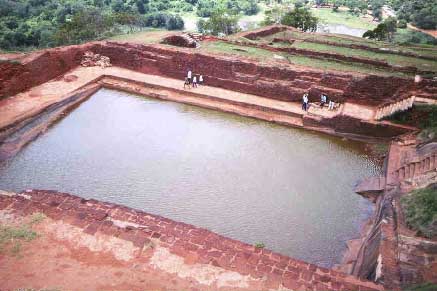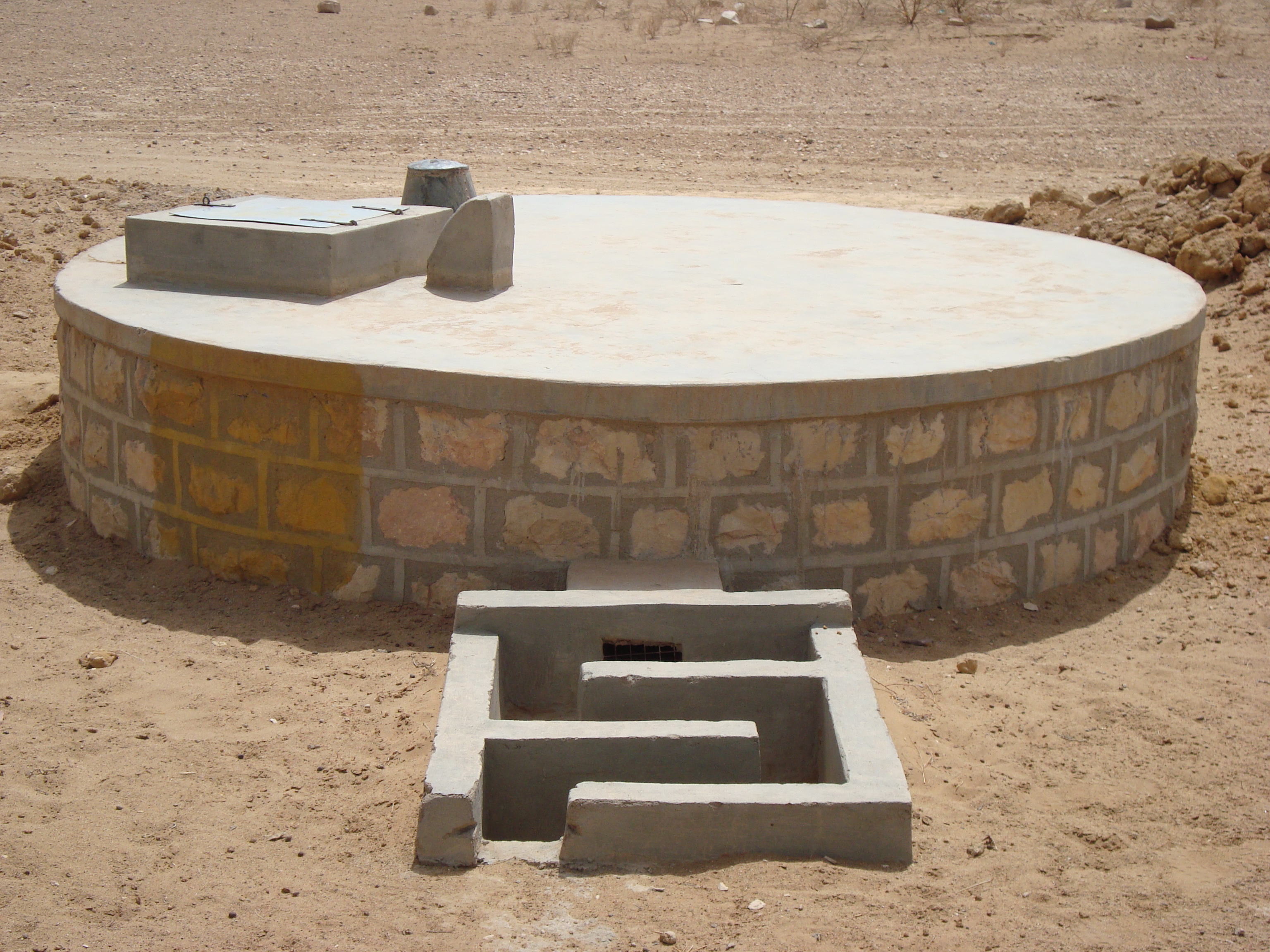Rajasthan Experiments With Rain Water Harvesting

Udaipur: Bringing hope to Rajasthan’s back-of-the-beyond villages, a new rainwater conservation scheme here is using a path-breaking approach to increase the water tables in the parched lands.
Mukhyamantri Jal Swavlamban Abhiyan (MJSA), a multi -stakeholder project, which aims to make the remotest of the villages in the state water sufficient, is gaining popularity with locals who are now using water engineering terms like ‘anicut’ and ‘contour trench’ in their common parlance.
Surprisingly the major challenge for the project, which was launched in January this year, was not scarce rainfall but preventing a massive annual wastage of rainwater. Covering 295 blocks in 33 districts with a rainfall above 450mm, all that was required was to ensure that rainfall is trapped, but the plan had an inherent problem rainwater doesn’t know any boundary.
“Rain water flows everywhere, be it forest land, government land or private fields. We needed to apply advanced rainwater harvesting methods, but for that, many people had to come on board and that was a challenge, said Sriram Vedire, Chairperson of Rajasthan River Basin and Water Resources Planning Authority.
According to Vedire, getting all stakeholders to agree was a challenge but turning it into a mass movement did the trick. Capitalising on Andhra Pradesh’s successful experiment with the ‘Four Water’ concept -- rain water to surface water to soil moisture and ultimately to ground water -- the programme, which has been divided into different phases, focused on raising the ground water table. Phase 1 saw construction of nearly 93,000 low cost water harvest structures.

These include village ponds, field bundings, anicuts, minor irrigation tanks (MIT), minor percolation tanks (MPT) and minor storage tanks (MST). Impressive as it is for a government scheme to achieve so much, the fact that a lot of it was done without displacing people or acquiring land is what won the people over. For an MPT, we did not need to go in for land acquisition because water is stored in these tanks for just a few weeks or months, and thereafter, it percolates into the ground. Farmers benefit since they are getting moist soil which will help boost productivity, said Vedire.
Next on the agenda is a plan to use drones for the 2nd phase of works, targeting over 4,200 villages.
Perhaps the most interesting part of the story lies in the amalgamation of techniques and local wisdom about water harvesting. Geo-tagging every work site helped monitor each and every construction besides ensuring technical feasibility and economic viability. We employed everything, from remote sensing technologies to indigenous knowledge of communities, Vedire said.
Next on the agenda is a plan to use drones for the 2nd phase of works, targeting over 4,200 villages. Hailed by BRICS ministers at their recent meeting in Udaipur, the programme solved the problem of resources by digging everywhere into funds available with MNREGA, Integrated Watershed Management Programme as well as un-tied funds allocated for MJSA. Corporate houses, religious groups and village communities also came forward, contributing about Rs 55 crores. Other than monetary contribution, the community pooled in ‘shram dhan’ (labour donation). Every Thursday was a day of ‘shram dhan’, said Rohit Gupta, District Collector Udaipur.

Launched simultaneously, a plantation drive exceeded its estimated target of 25 lakh tree saplings. The 2nd phase targets to plant 70 lakh more saplings. A plan of such magnitude does not come without mistakes and Vedire admits that it was a learning curve for them. There were instances of mismanagement between demand and supply.
We wanted the Public Health Engineering Department to come with certain structures where we were supplying water, but there were hiccups, he said. Also, the real benefits will come when farmers go in for multi-crop pattern, he added, a piece of advice that farmers will be happy to adopt. Source: PTI





